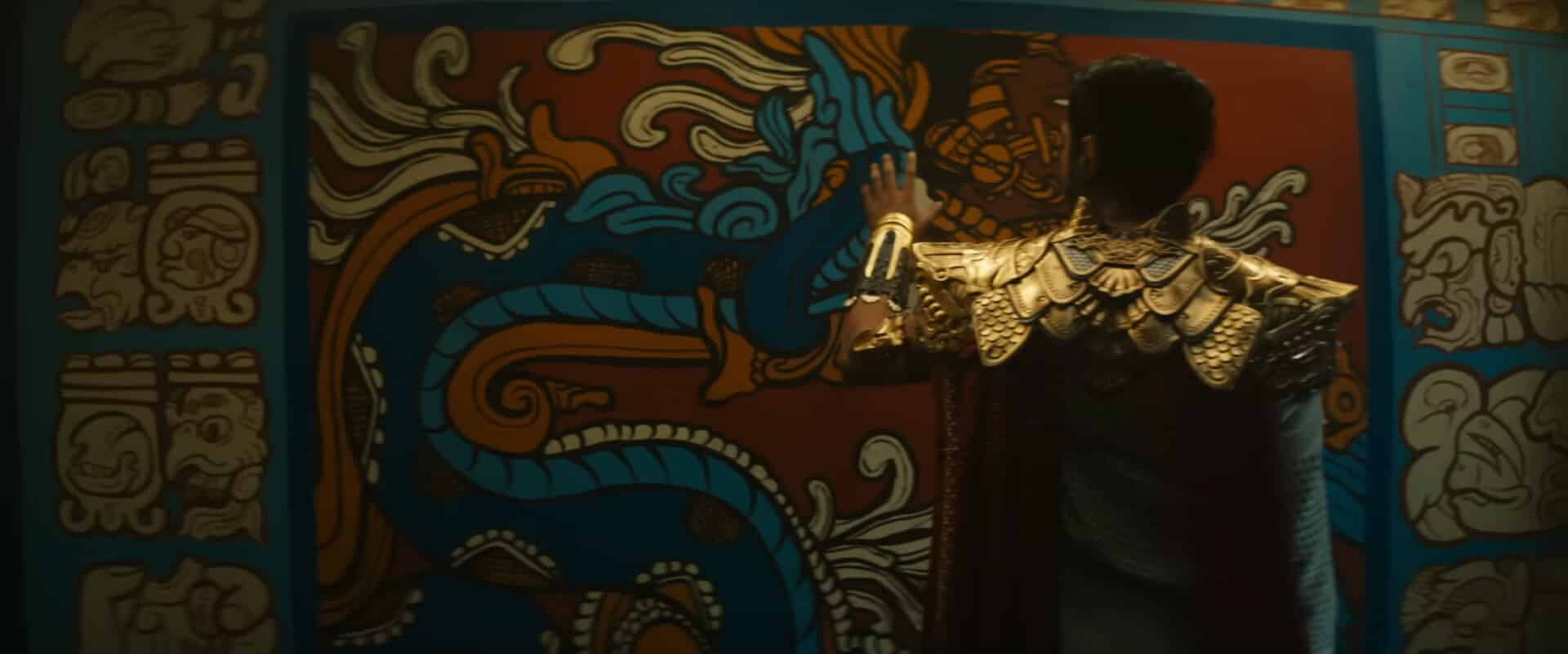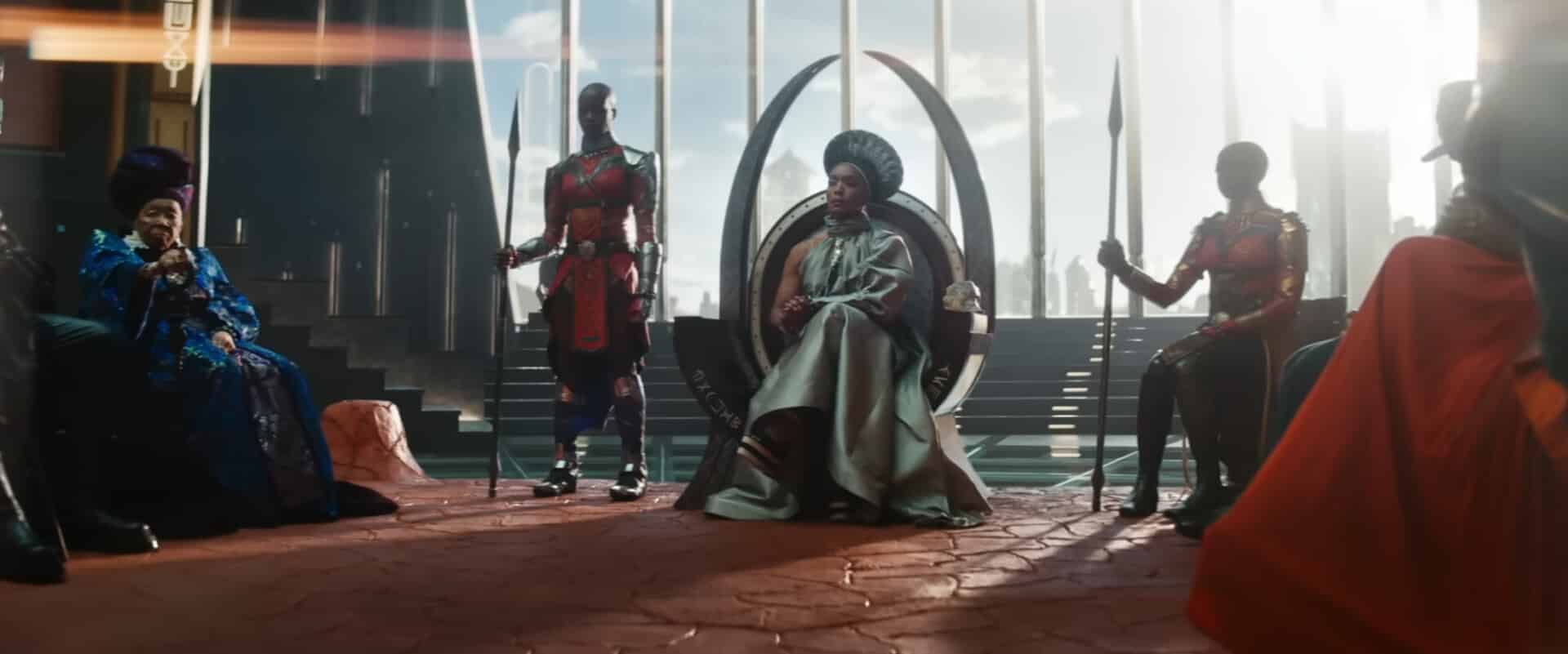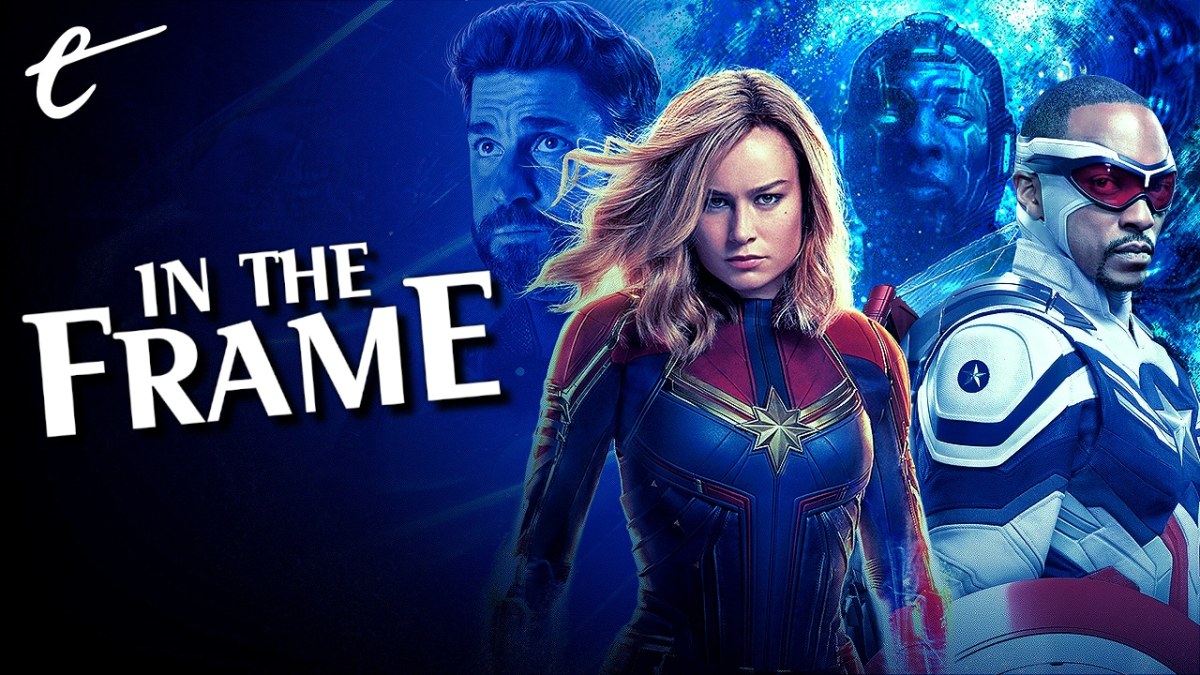This weekend, producer Kevin Feige unveiled the grand outline of Marvel Studios’ “Multiverse Saga” at San Diego Comic-Con. While there are still appreciable gaps on that slate, particularly in “Phase Six,” it feels like the product of the retreat that Feige attended in April to map the next decade of the shared universe. It is an assurance to the audience that the studio still has a plan, culminating in an epic two-part finale in Avengers: The Kang Dynasty and Avengers: Secret Wars in 2025.
There is undoubtedly some ambition in this. Marvel’s “Infinity Saga” ran through 23 films across the company’s first three “phases” over 11 years, spanning from Iron Man in May 2008 to Spider-Man: Far From Home in December 2019. The Multiverse Saga will similarly run across the following three “phases,” spanning at least 16 films and 15 television seasons, with an additional eight slots undefined. What the “Infinity Saga” did in 11 years, the Multiverse Saga hopes to do in under five. Pity the poor VFX artists.
Not only is the Multiverse Saga unfolding faster than the Infinity Saga, but the addition of television shows to the format means that the volume of content has grown exponentially. The runtime of the first three phases of the MCU was 49 hours and 56 minutes over those 11 years. In contrast, the still-ongoing Phase Four has a runtime of 50 hours and 21 minutes in the 18 months between January 2021 and July 2022. That is, to put it mildly, a lot of content.
There have long been grumblings about the possibility of “superhero movie fatigue,” with some movie pundits more recently admitting to “Marvel exhaustion.” It is easy to overstate this case, particularly given that Doctor Strange in the Multiverse of Madness recently grossed $954M worldwide and Thor: Love and Thunder already at $526M worldwide, not to mention the success of WandaVision at the Creative Arts Emmys, even if it was less successful at the Primetime Emmys.

Ironically, as the Marvel Cinematic Universe has grown dramatically in the wake of the Infinity Saga, the franchise has become less cohesive and less structured. It is possible to read Phase Four as the company’s midlife crisis, with characters like Stephen Strange (Benedict Cumberbatch) and Thor Odinson (Chris Hemsworth) questioning their life choices in the wake of Avengers: Endgame, while Wakanda will deal with the tragic loss of T’Challa (Chadwick Boseman) in Wakanda Forever.
However, looking at the larger plan for the shared universe, it feels like that is more than just a theme within the movies. There is a strange lack of structure to the company’s plans for Phase Four and Phase Five. There is no discernible overarching narrative, no sense of how the films all fit together to form the spine of a single driving narrative in the way that was true of the Infinity Saga, where a line could be drawn from Iron Man to The Avengers to Endgame.
To be clear, there is obviously a plan here. Kang (Jonathan Majors) is being set up as a major antagonist. He made a cameo in the first-season finale of Loki and will be the primary villain of Ant-Man and the Wasp: Quantumania. Titling the first half of the next two-part Avengers movie as The Kang Dynasty solidifies this idea. Kang is being introduced to play a role at least structurally similar to that of Thanos (Josh Brolin) in the Infinity Saga.
It also seems likely that Marvel Studios is planning to introduce Doctor Doom, given that he is one of the publisher’s most compelling characters and is back in the toy chest following Disney’s acquisition of Fox. Doom will probably be a focal point of Fantastic Four, which opens Phase Six, even if he may appear earlier. Indeed, Kang may prove a decoy antagonist of the Multiverse Saga, given that Doom has a habit of usurping other bad guys at the climax of stories named Secret Wars.

In a larger business sense, it is also hard to shake the feeling that the culmination of this saga in the epic Secret Wars crossover might just be a bit of brand management masked in nostalgic fan service. The more recent comic book event Secret Wars provided cover for the publisher’s first soft reboot of its comic book universe. The film could do the same, allowing the film franchise to simply recast iconic roles like Tony Stark, Steve Rogers, and T’Challa.
However, discerning that pattern relies on fans following internal studio gossip and holding even a passing familiarity with the source material. It’s not something that can be easily deduced from the projects that have actually been released to this point, which is somewhat frustrating considering that this epic adventure is theoretically one third of the way towards its epic conclusion.
While the first three phases of the MCU combined to form the Infinity Saga, they each had a clear structure. Each stage contained individual franchise installments that built towards a blockbuster crossover event at the end of the stage. So Phase One introduced core characters in Iron Man, The Incredible Hulk, Iron Man 2, Thor, and Captain America: The First Avenger before bringing them together as “the Avengers Initiative” in The Avengers.
Phase Two featured a wave of sequels — Iron Man 3, Thor: The Dark World, Captain America: The Winter Soldier — reestablishing the core heroes before reuniting them for Avengers: Age of Ultron. It included Ant-Man as a chaser, small-scale counter-programming that introduced an Avenger-in-waiting. The only seemingly disconnected film in Phase Two was Guardians of the Galaxy, but even that properly introduced Thanos.

Phase Three was more sprawling, but it was still structured to build to a climax. It included sequels built around the “big three” Avengers in Captain America: Civil War and Thor: Ragnarok. Ant-Man and the Wasp was a sequel to Ant-Man, focusing on a character who would become pivotal to Endgame. Spider-Man: Homecoming and Black Panther focused on heroes introduced in Civil War, who would be important players in Avengers: Infinity War.
Even the movies built around new-to-the-audience characters in Phase Three were clearly setting up the roles that those characters would play in the epic two-part finale of Infinity War and Endgame and beyond. Doctor Strange introduced the character who could get to title-drop the word “endgame” in Infinity War, while Captain Marvel featured the hero who would get a big showcase against Thanos in Endgame and who seems to be leading the Avengers afterwards based on her cameo in Shang-Chi and the Legend of the Ten Rings.
Phase Three also included two other sequels. Guardians of the Galaxy Vol. 2 was somewhat disconnected from the saga, but it still devoted major character work to Gamora (Zoe Saldana) and Nebula (Karen Gillan), the daughters of Thanos. Both characters would prove pivotal to the plots of Infinity War and Endgame. Like Ant-Man following Age of Ultron, Spider-Man: Far From Home offered a coda to Phase Three and the larger “Infinity Saga.”
In each case, the majority of content in a given phase was clearly built around characters who were going to be important in the big crossover event at the climax of that phase. There was a clear spine running through each of the individual payoffs, with a smaller satisfying dramatic payoff towards the end of each stage that also pushed towards the larger epic — Thanos’ post-credits tease in Age of Ultron, Ant-Man offering a post-credits tease of how its hero would appear in Civil War.

In contrast, Phase Four will culminate in Wakanda Forever. It doesn’t seem like it will unite the major characters from the other projects since Endgame. If anything, Wakanda Forever seems to be introducing even more characters, like Tenoch Huerta as Namor or Dominique Thorne as Ironheart. Looking at the slate, Wakanda Forever feels like an arbitrary stopping point for Phase Four. Why not end with Guardians of the Galaxy Vol. 3 or Secret Invasion?
Phase Five does look like it will culminate in a big team-up crossover, Thunderbolts. However, the title Thunderbolts is largely associated with villainous teams, and it seems likely that the movie will draw from comics like Dark Avengers. It also seems likely the film is tied to the cameos from Valentina Allegra de Fontaine (Julia Louis-Dreyfus) in projects like The Falcon and the Winter Soldier and Black Widow, and it may include villains like Helmut Zemo (Daniel Brühl) and Emil Blonsky (Tim Roth).
The question to ask, looking at the lineup of announced projects in Phase Four and Phase Five, is what constitutes the spine of the shared universe. It’s easy enough to figure out the antagonists of Phase Six, but Thanos was also properly seeded by the end of Phase One. Who are the protagonists of the Multiverse Saga in the way that Steve Rogers (Chris Evans), Tony Stark (Robert Downey Jr.), and Thor were the protagonists of the Infinity Saga? It’s safe to say that “everyone” will show up in The Kang Dynasty and Secret Wars, but who are our heroes?
Stephen Strange, Sam Wilson (Anthony Mackie), and Carol Danvers (Brie Larson) seem positioned to play those roles, but they’ve yet to meaningfully interact with one another. The dynamic between Rogers and Stark was a driving source of tension in films like The Avengers, Age of Ultron, and Civil War, but there is no comparable relationship between any of the existing major heroes. The closest is probably Sam Wilson’s playful feuding with Scott Lang (Paul Rudd) after their tussle in Ant-Man.

More than that, Rogers, Stark, and Thor each got their own trilogies within the first three phases of the shared universe, which allowed them to emerge as the central heroes of the Infinity Saga. In contrast, Danvers has been relegated to cameos in Phase Four, while Strange lacks an obvious project in Phase Five. Wilson got his own miniseries and his feature film, Captain America: New World Order, comes towards the end of Phase Five, but he’s the only hero with a major project in both phases.
Again, none of this is to suggest that Marvel Studios doesn’t have a plan going forward, and the studio has always been better at improvising than many fans will admit. The issue is that the plan for the Multiverse Saga isn’t clearly discernible to a casual viewer like it was in the Infinity Saga. Of course, there doesn’t need to be a roadmap. If the individual projects are good enough, the franchise is healthy — but are the recent projects good enough?
Ultimately, only a fool bets against the Marvel Cinematic Universe, but it is beginning to feel like even the phases of the MCU are becoming “content soup.”






Published: Jul 25, 2022 11:00 am